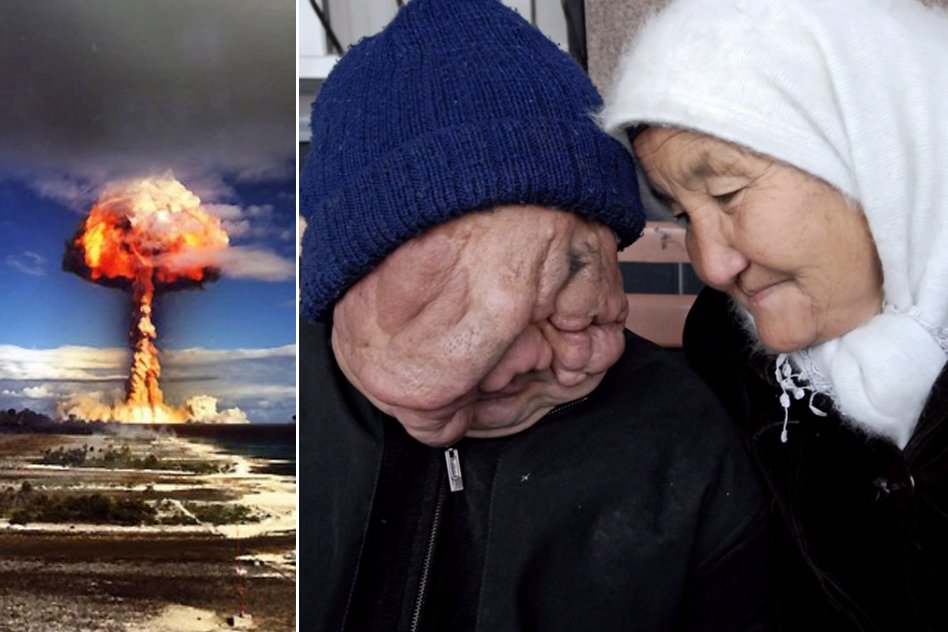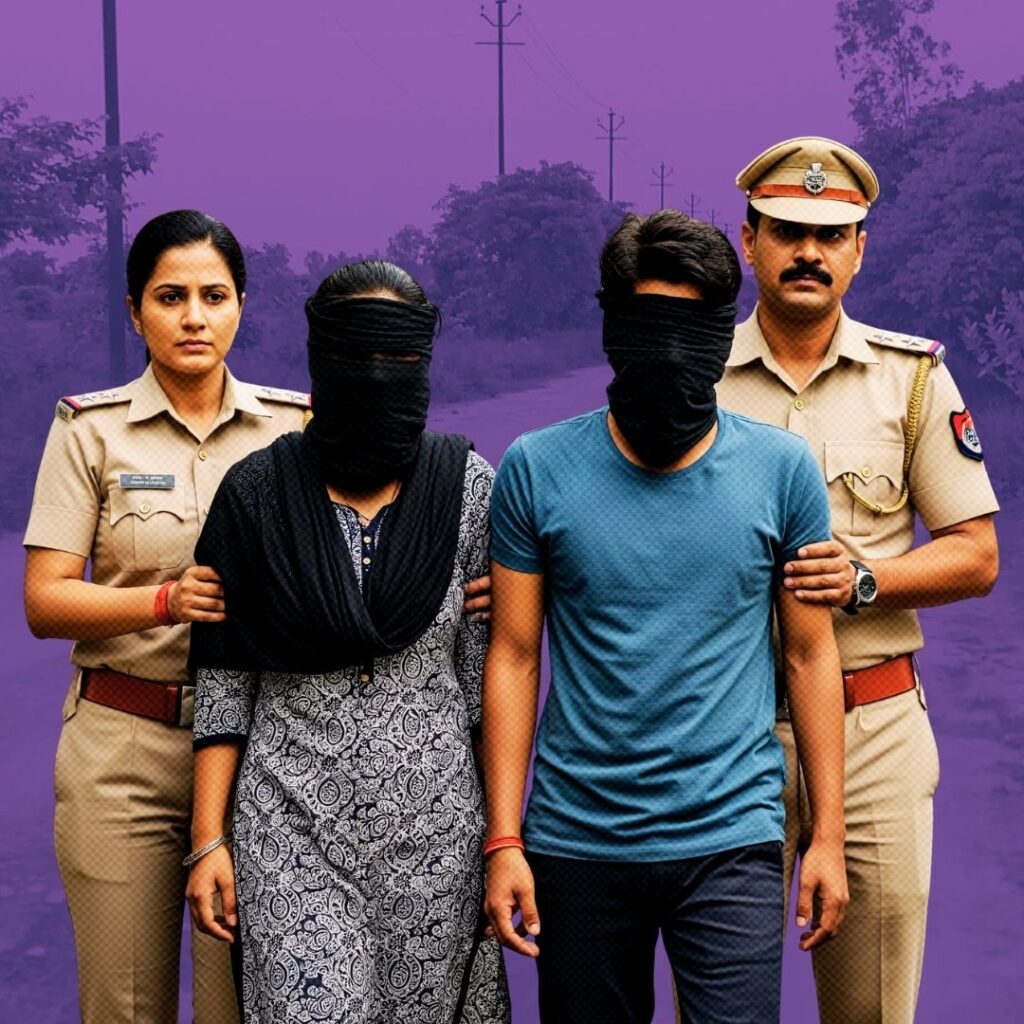‘Little Boy’ and ‘Fat Man’, the entire world will always dread these two names, these are the only nuclear bombs that have ever been used for warfare in the history of mankind. In August 1945, during World War II, the United States had dropped these nuclear weapons in Japanese cities of Hiroshima and Nagasaki, killing at least 1,29,000 people. Since then different countries started to possess nuclear bombs — the deadliest weapon ever existed. Today nine countries in the world possess these nuclear weapons, with U.S. and Russia owning 90 percent of the total.
Four years after the Hiroshima and Nagasaki blasts, on August 29 1949, the Soviet Union test-fired its first nuclear weapon. The 22.4 kiloton RDS-1 also known as ‘First Lightning’ was detonated on the Semipalatinsk Test Site (The Polygon) of Kazakhstan, which was the primary nuclear testing site for the USSR. The place was selected in 1947 by Lavrentiy Beria, head of the Soviet atomic bomb project, who claimed the 18,000-square-kilometre huge steppe region was totally uninhabited. But it was not. The bomb was dropped without evacuating the nearby cities. In 1953, the same place was rocked again by Moscow’s first thermonuclear bomb – a 400 kiloton explosion, 26 times more powerful than the Hiroshima bomb.
Explosions continued for 40 years
All these were just the beginning. Between 1949 and 1989 this place saw 456 nuclear tests, including 340 underground and 116 atmospheric explosions, which were roughly equivalent to 2,500 Hiroshima atomic bombs. The Soviets conducted all these tests without paying any regard to the effects these would cause to the local people and the environment.
The Soviets had built several aircraft wing-like structures and buildings to measure the shockwaves of explosions. They remain now in crumpled state and the entire wasteland carries the legacy of radioactivity.
Effects on Human lives
According to Kazakhstan’s Research Institute for Radiation Medicine and Ecology, about 1.5 million people lived in the test site area during the nuclear tests. Hundreds of thousands experienced direct radiation. Children with genetic diseases, leukemia, infertility, and cancer are really common here. The site was closed in 1991, after the fall of the USSR. Kazakhstan came into being that year. But the cancer rates among people in eastern Kazakhstan is two- to three-times more than the national average. The mortality rate is also high. Apart from cancer, the residents still experience birth defects, mental disability, and infertility. One in every 20 children in the area is born with serious deformities, and half of them can’t reach the age of 60.
Present Scenario
The atomic tests have created a lot of atomic lakes in the region. These lakes can’t even sustain fish due to the amount of contamination which carries hundred times more tritium than the recommended limit.
Though the test site has been closed, there is no fencing in the area and there are no signs installed that show that the ground is contaminated. Hundreds of Kazakh shepherds still graze their animals on the site, in spite of it being illegal. The government has opened a portion of the site to beryllium, coal, and gold mining, estimating that 80 per cent of the test site has safe levels of contamination and could eventually be used for mining or agriculture.











